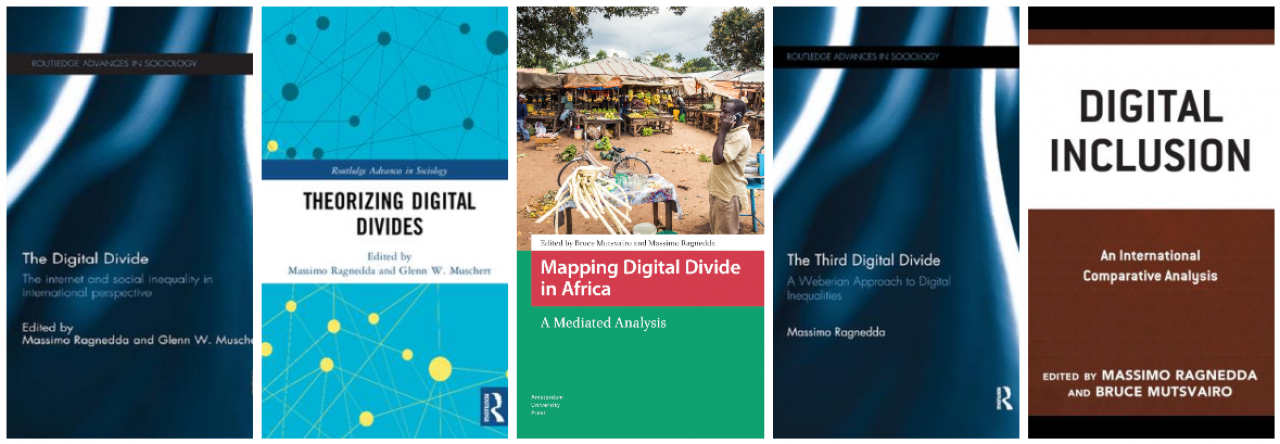Robinson, L., Schulz, J., Khilnani, A., Ono, H., Cotten, S. R., McClain, N., Levine, L., Chen, W., Huang, G., Casilli, A. A., Tubaro, P., Dodel, M., Quan-Haase, A., Ruiu, M. L., Ragnedda, M., Aikat, D., & Tolentino, N. (2020). Digital inequalities in time of pandemic: COVID-19 exposure risk profiles and new forms of vulnerability. First Monday, 25(7). https://doi.org/10.5210/fm.v25i7.10845
Abstract In this article, we argue that new kinds of risk are emerging with the COVID-19 virus, and that these risks are unequally distributed. As we expose to view, digital inequalities and social inequalities are rendering certain subgroups significantly more vulnerable to exposure to COVID-19. Vulnerable populations bearing disproportionate risks include the social isolated, older adults, penal system subjects, digitally disadvantaged students, gig workers, and last-mile workers. Therefore, we map out the intersection between COVID-19 risk factors and digital inequalities on each of these populations in order to examine how the digitally resourced have additional tools to mitigate some of the risks associated with the pandemic. We shed light on how the ongoing pandemic is deepening key axes of social differentiation, which were previously occluded from view. These newly manifested forms of social differentiation can be conceived along several related dimensions. At their most general and abstract, these risks have to do with the capacity individuals have to control the risk of pathogen exposure. In order to fully manage exposure risk, individuals must control their physical environment to the greatest extent possible in order to prevent contact with potentially compromised physical spaces. In addition, they must control their social interactional environment to the greatest extent possible in order to minimize their contacts with potentially infected individuals. All else equal, those individuals who exercise more control over their exposure risk — on the basis of their control over their physical and social interactional environments — stand a better chance of staying healthy than those individuals who cannot manage exposure risk. Individuals therefore vary in terms of what we call their COVID-19 exposure risk profile (CERPs). CERPs hinge on preexisting forms of social differentiation such as socioeconomic status, as individuals with more economic resources at their disposal can better insulate themselves from exposure risk. Alongside socioeconomic status, one of the key forms of social differentiation connected with CERPs is digital (dis)advantage. Ceteris paribus, individuals who can more effectively digitize key parts of their lives enjoy better CERPs than individuals who cannot digitize these life realms. Therefore we believe that digital inequalities are directly and increasingly related to both life-or-death exposure to COVID-19, as well as excess deaths attributable to the larger conditions generated by the pandemic.
Read the full article here










